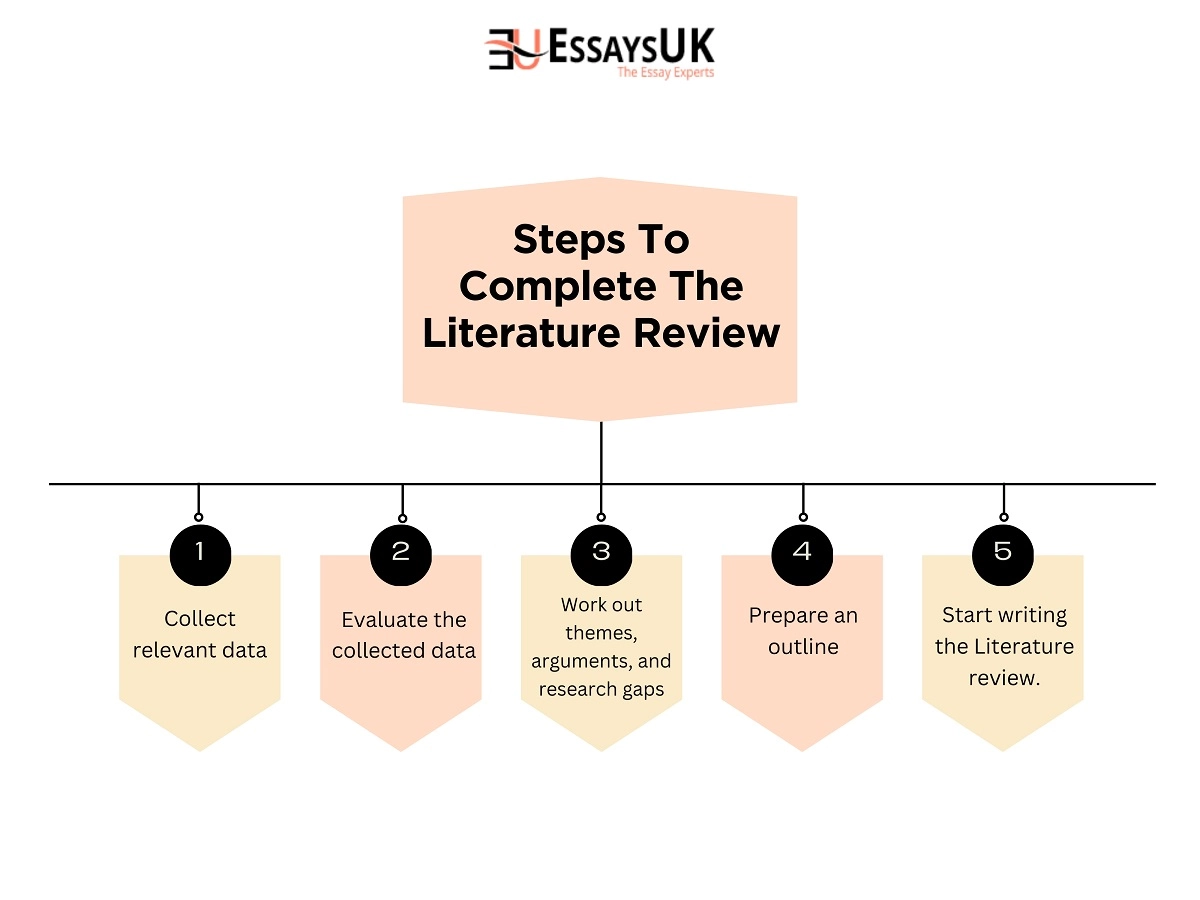
A literature review examines published studies done by scholars on a particular topic. It gives an overview of available and published information.
A literature review should be formatted similarly to any essay, with an introduction, the main body, and a conclusion.
There are several types of literature reviews, and they can be written in many distinct styles. These may differ in how the initial research is evaluated and the literature review is arranged.
A narrative literature review criticise and summaries an existing body of literature. A narrative review makes judgments about the issue and exposes gaps or contradictions in the existing literature.
A more rigorous and well-defined technique is required for a systematic literature review . It is comprehensive and describes the era for which the information was selected. A systematic literature review can be further divided into two categories.
Meta-analysis is the process of analysing the findings of multiple research published on the same issue using recognised statistical procedures.
While meta-synthesis is based on non-statistical processes. The data from many qualitative research studies are combined, analysed, and interpreted using this approach.
The difference between literature review and systematic review is that a literature review provides an overview of existing research on a specific topic. It summarises and synthesises relevant studies. In comparison, a systematic review follows a structured methodology as it gathers, evaluates, and analyses literature. It aims for an unbiased and rigorous assessment of evidence.
A scoping literature review determines the scope or the span of existing literature in a particular field of research. The key difference between scoping and systematic reviews is that systematic reviews address more specific research questions, while scoping reviews are undertaken to evaluate more broad research topics.
To write an argumentative literature review, you will need to study material selectively to support or disprove a previously established argument, presumptions, or research gaps in the literature.
An integrative literature review examines, evaluates, and synthesises secondary material on the topic in order to provide new dimensions and perspectives on the subject.
Theoretical literature reviews focus on knowledge accumulated on a specific topic or area of study. Theoretical literature reviews aid in determining what ideas are already available, their connections, the amount to which existing theories have been explored, and developing new ideas.
Rapid review help with time-sensitive decision-making. Some phases in traditional systematic review processes are eliminated or changed. They are basically carried out to quickly obtain information on a topic to support your argument.
Umbrella reviews gather reviews that answer several questions on a common theme. These reviews find, compare, and analyse the results and conclusions of existing literature. Umbrella reviews are developed to give you a better understanding of a vast area of research in a limited time.
Also read: Dissertation writing guidelines, How to write dissertation introduction

No matter what type of Literature review you have to complete for your academic purpose, the process to get over it remains the same. Below are 5 simple steps to successfully complete your literature review:
A professional literature review researches, analyses, and critically evaluates sources in order to present a complete picture of the studies available on the subject.
Before you start collecting data, you need a well-researched and well-defined topic. Collect the data based on your research questions and aims of research if you are writing the literature review for your dissertation. This means that you should have a clear search strategy for literature review. If you still have not decided on the topic, you can review our database for thousands of free dissertation topics in every field of research.
Make a list of keywords and their synonyms relevant to your topic/ research questions to help collect the data quickly. Before you add any of the article/ paper or journal to your sources, read the abstract to make sure they are related to your scope of research and check the bibliography for more related literature.
If you are unfamiliar with where to search for literature, here are some very useful sources:
You will not be able to read through all the articles and publications you have collected for your literature review. Evaluating sources that are more relevant to your topic will save time and the effort it will take to skim through all the articles.
To check which article is more relevant, review the problem the author of the article is addressing, and check the key concepts and their definitions provided by the author. Check if the author has raised a new concern or addressed the already existing research gap. Going through the results and conclusions of the study will also help in determining the article’s relevance to your field of study and its strengths and weaknesses.
Making notes as you read through will help you incorporate these into your writing easily and will help you remember what you have read, which will contribute to time management.
Notice that a literature review follows similar steps as a critically appraised topic when analysing and summarising existing information.
Develop a connection between the sources you have gathered by reading and making notes. A clear understanding of it will help you build up your argument, decide on a theme and identify the gaps in the literature that you can fill in your research.
This will also help you structure your literature review in the best manner.
Depending on the length of your literature review, you can adopt one or a combination of several different strategies to prepare an outline for your literature review. For example, you can discuss each theme chronically for a thematic literature review.
As we discussed in the beginning, your literature review comprises 3 major steps, including the introduction, the main body and the conclusion. What you write in each part depends on the topic of your research.
The introduction part of your literature review should give a clear and concise image of the following part and what you aim to achieve in it. The main body can be divided into subsections depending on the length of your literature review. You can use subheadings for each theme, era and methodological approach that you are about to discuss in it. In the conclusion section, you should summarise your key findings and provide insight into the significance of your research.
Make sure that your conclusion gives a clear message to the reader that your research addresses the gaps in the literature and contributes to the topic significantly, and discuss how you built a framework for your study by drawing on existing ideas and methodologies.
Numerous studies have investigated the effectiveness of CBT for depression, and overall, the results have been positive. A meta-analysis by Cuijpers et al. (2013) found that CBT was more effective than other psychotherapy and medication for treating depression. The authors concluded that CBT should be the first-line treatment for depression.
Other studies have also shown promising results for CBT. A randomised controlled trial by Beck et al. (1979) found that CBT was more effective than a placebo for reducing symptoms of depression. Another randomised controlled trial by DeRubeis et al. (2005) found that CBT was equally effective as medication for treating severe depression.
However, some studies suggest that CBT may not be effective for everyone.
A study by Elkin et al. (1989) found that CBT was less effective for individuals with more severe depression. Additionally, a review by Hofmann et al. (2012) found that CBT may not be as effective for older adults or individuals with comorbidities.
The literature review is normally one chapter (8-10,000 words) in a PhD thesis, roughly 2-3,000 words in a Masters dissertation, and no more than 2,000 words in an undergraduate dissertation.
We have several PhD qualified experts with over 5 years of experience in the field who can help you with your literature review for any academic level.
With a guarantee of never missing a deadline, we will deliver your literature review on or before the deadline specified by you.
A literature review is a critical summary and analysis of existing research and scholarly works on a specific topic. It provides an overview of current knowledge, identifies gaps, and highlights key findings, helping researchers understand the context and contribute to the existing body of literature in their field.
A literature review in research is a comprehensive examination and synthesis of existing scholarly works and studies relevant to a specific research topic. It serves to establish the context, identify gaps, and inform the development of new research by building on existing knowledge.
A preliminary literature review is an early exploration and evaluation of existing research on a chosen topic. It helps researchers identify key themes, gaps, and potential research questions before conducting an in-depth and comprehensive literature review for a study.